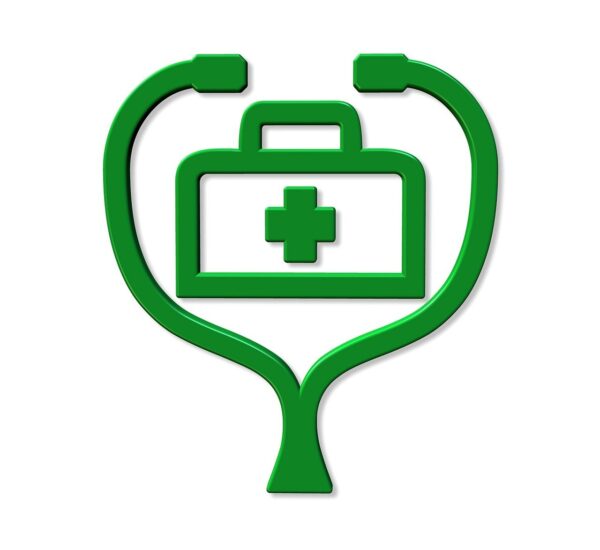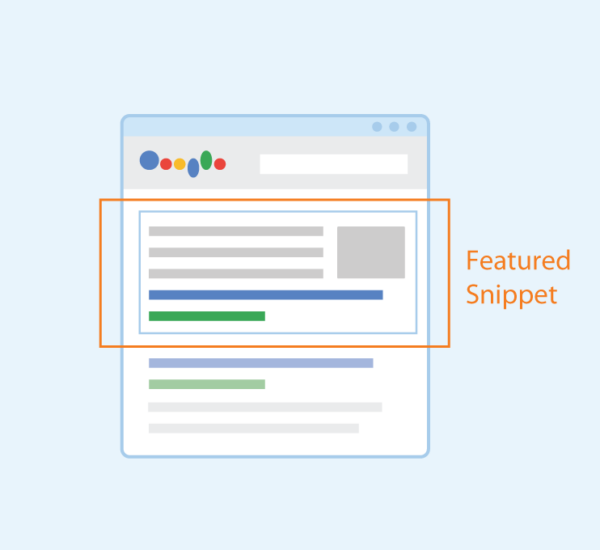Content-led link development and creative marketing helps boost ecommerce SEO.
Ecommerce SEO should prioritise category, product, and brand pages.
Product pages may convert over 30% (average 7%) of ecommerce site visitors.
Many in-house SEOs find it time-consuming to gain links straight to these sites.
Here are six proven link development strategies for ecommerce businesses.
Ecommerce Link Building:
Traffic to category, brand, and product websites may boost ecommerce sales.
However, many high-quality sites prefer to connect to informative material, making link building difficult.
Ecommerce companies don’t create long-form, useful content since blogs and content hubs don’t generate immediate sales and take months to rank.
Affiliate sites with strong links to long-form content often outrank companies.
Content-led link building and ecommerce internal linking indirectly connect to target sites. Long-form content gets 70% more links than short-form.
Guest writing, podcasting, PR, and webinars for homepage or profile picture links. The site or podcaster may usually link to your homepage and your headshot on your website.
Paying for links is still widespread, however it violates Google’s link spam standards.
Maintain publisher contacts. Having a contact who knows you will save time and boost your cold email response rate, which is normally around 10%.
Find unlinked brand mentions of your brand or brands you offer.
These ecommerce link building methods will be examined.
Unrelated brand references
Unlinked brand mentions are articles or webpages that mention your brand, the brands you offer, or team members without a connection to your site. These settings protect brand and homepage URLs.
Google Alerts and Ahrefs discover unlinked brand mentions.
Google Alerts
Create Google Alerts for your brand name and variants. This will email you when your brand is referenced online.
If not, contact the site owner to obtain a link.
Ahrefs Content Explorer with Batch Analysis
Ahrefs Content Explorer can detect unlinked brand mentions.
Take these steps:
Log into Ahrefs and select “Content Explorer” in the top menu.
Search for your brand and hit Enter.
Avoid duplicate results by using the “One article per domain” filter.
Export brand-related articles.
Check the exported list for links to your website. Your browser’s “Find” feature (Ctrl+F or Command+F) may search for your brand name and check for links.
You may use Ahrefs’ Batch Analysis tool to learn more about each URL with unlinked brand mentions.
This will assist you choose link-building websites.
Click “Batch Analysis” under “More” in Ahrefs’ top menu.
Paste the URLs containing unlinked brand references and click “Start Analysis.”
After analysis, you may observe Domain Rating (DR), Ahrefs Rank (AR), and referring domains for each website. Prioritise link-building sites using these parameters.
Backlinking product images
Reverse image link building finds websites utilising your photos without credit or a link.
Finding unattributed photos is easy but time-consuming.
Find your original photos.
Choose creative pictures like infographics, bespoke artwork, and high-quality photos for your website.
Reverse-image search
Find websites that utilised your photographs using Google photographs.
Analyse results
Check each website’s credit and connect to your site manually.
Collect contacts.
Find each site’s owner or content creator’s email or contact form.
Linking resource pages
A resource page lists and links to relevant material, tools, and resources for a given subject or industry.
Steps for resource page link development include:
Find linkable material.
Start by finding or developing high-quality, useful, and instructive website content for resource sites.
Blog entries, articles, tutorials, guides, infographics, tools, and other valuable information are examples.
Useful resource sites
Find specialist or industry resource sites that could connect to your material. Google searches like these (replace “keyword” with your particular topic):
“keyword” “resources” “useful links”
“keyword” “helpful resources”
“links” + “keyword”
Examine resource pages.
Examine resource sites for quality and relevancy. Look for meaningful content, strong domain authority, and user involvement.





